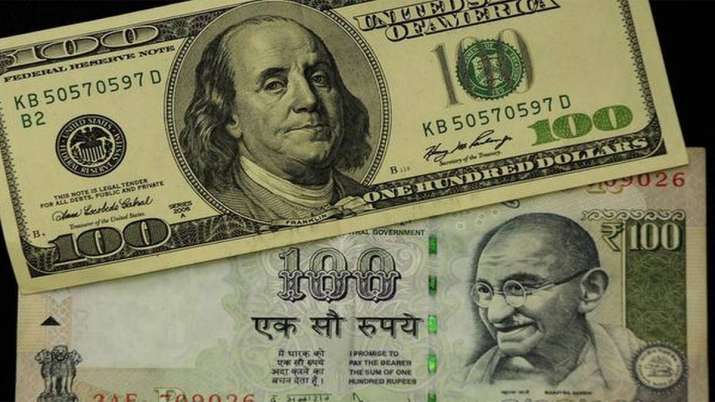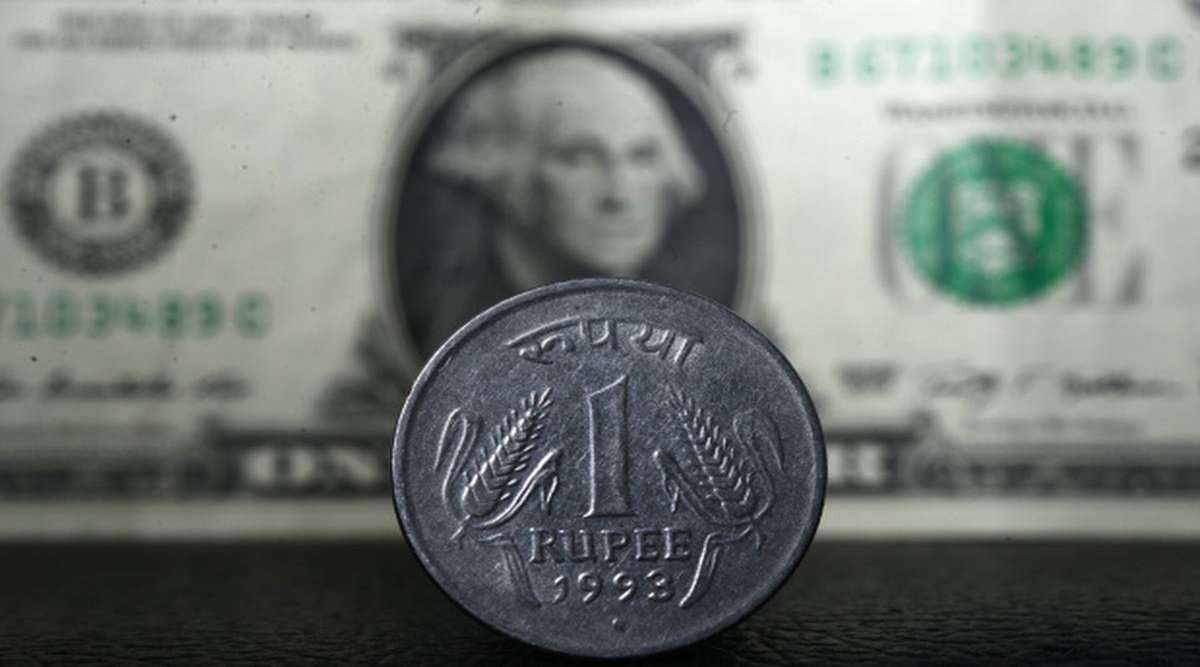On Thursday, the Indian Rupee depreciated against the US dollar and opened at Rs. 82.63. On the heels of risk aversion in international markets and a rise in crude oil prices, the domestic currency is anticipated to weaken today. The US Fed signalled that rates may rise considerably higher than previously anticipated to manage inflation, and no policymakers are forecasting rate cuts next year, which damaged market confidence.
“Ahead of the ECB and BoE’s monetary policies, where both central banks are projected to hike interest rates, investors will exercise caution. According to ICICI direct, the USDINR (December) is projected to trade in the band of 82.35-82.80. The rupee increased by 15paise to close at 82.45 (provisional) against the dollar in the previous session.
Forex and Bullion Analyst Gaurang Somaiya of Motilal Oswal Financial Services
“Conforming to expectations, the Fed increased interest rates by 50 basis points after doing so by 75 basis points at four consecutive meetings. The FOMC statement kept the phrase that “ongoing” rises will be necessary to achieve a “sufficiently restrictive” stance that eventually brings inflation down to 2%. As a result of the statement’s general hawkishness, the dollar’s response was only slightly positive. The ECB and the BoE policy statement will be the main topics of discussion today, and they are expected to give hints to the major crosses. We anticipate that the USDINR(Spot) will fluctuate sideways and trade between 82.20 and 82.80.”
Anindya Banerjee, vice president of Kotak Securities’ currency and interest rate derivatives department
On the strength of a lower-than-expected US CPI and predictions that the Fed will indicate that rates will peak in February or March of next year around 5%, the USDINR spot closed 34paise lower at 82.46. Rupee continues to be cheap in comparison to its peers, and dovish comments from the Fed may encourage a short-term increase to 82.00/81.80 levels. On-site, we anticipate a range between 81.80 and 82.80.

